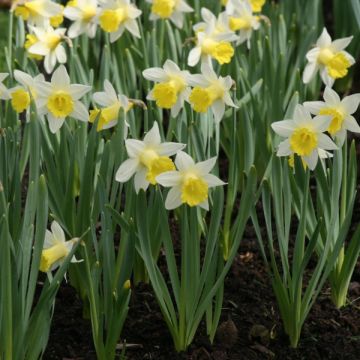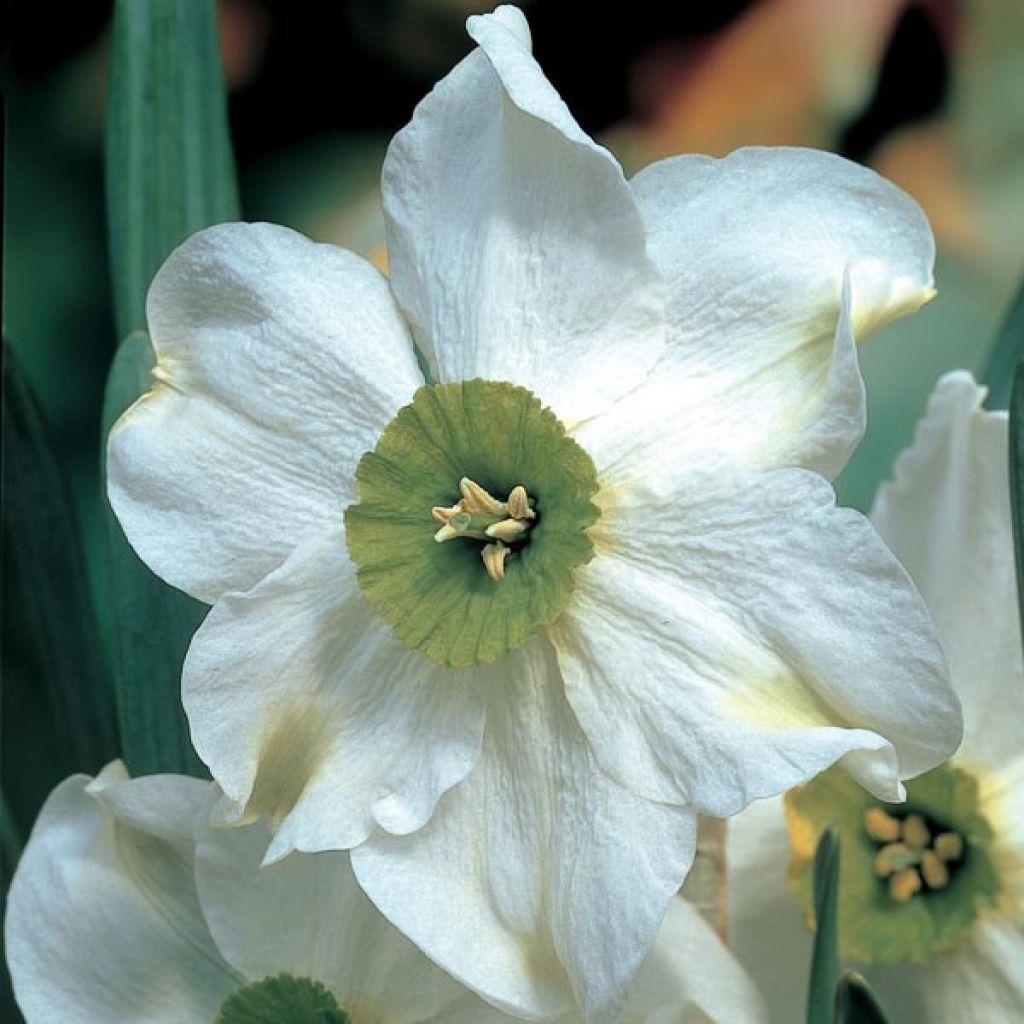

Narcissus Sinopel - Daffodil
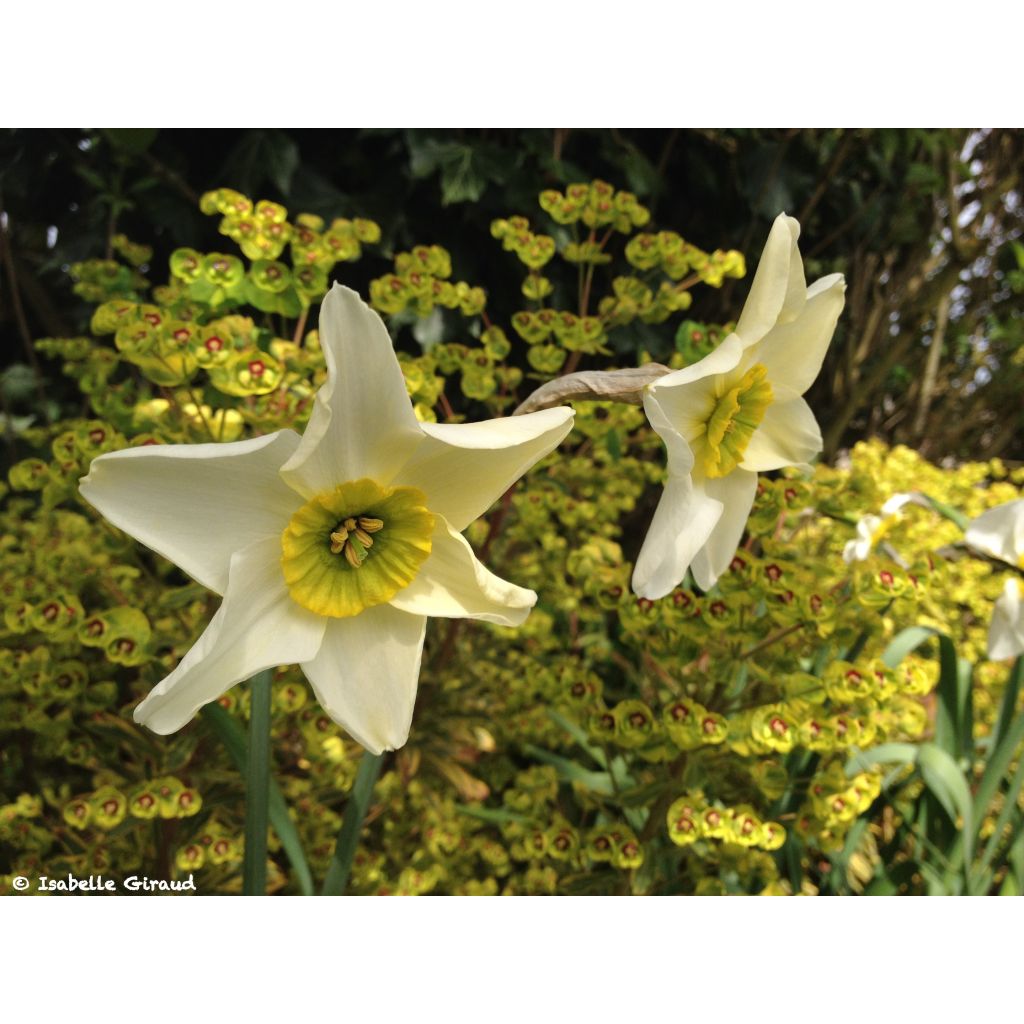

Narcissus Sinopel - Daffodil
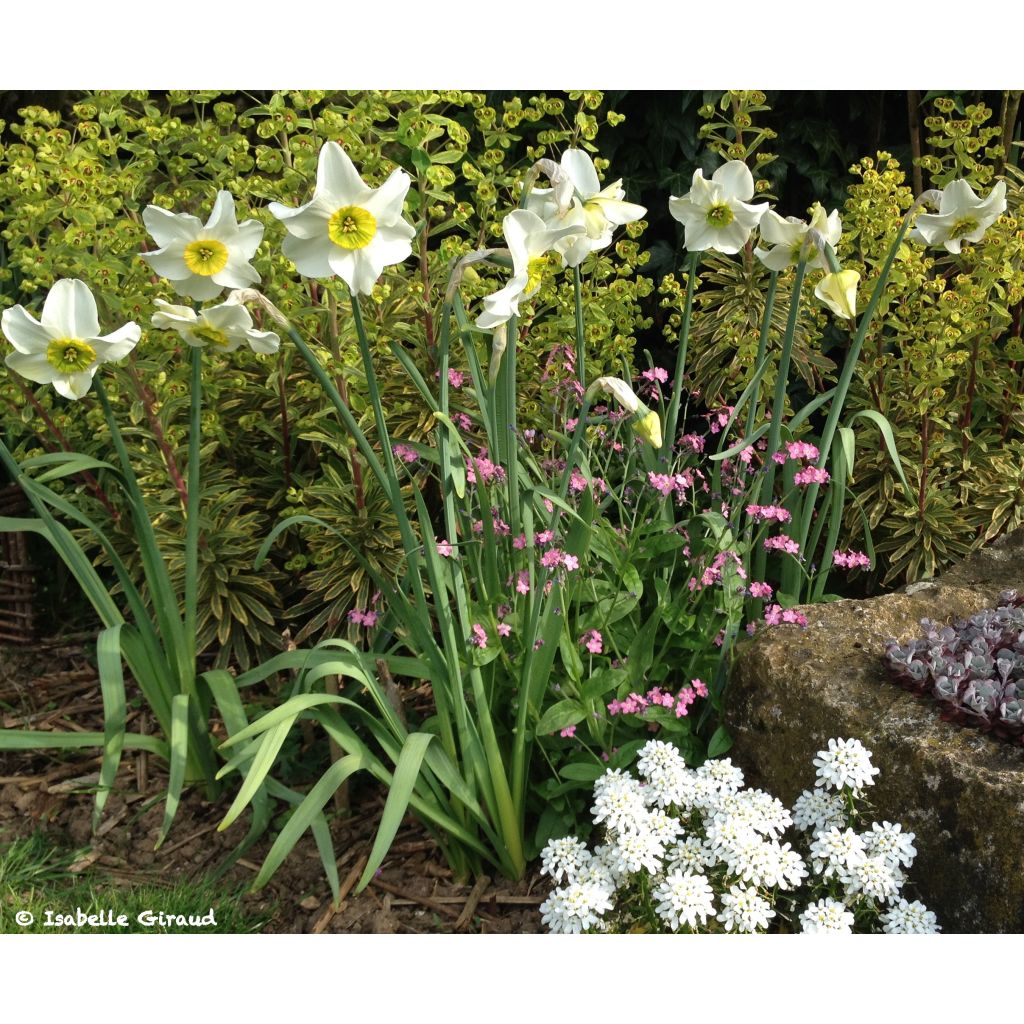

Narcissus Sinopel - Daffodil
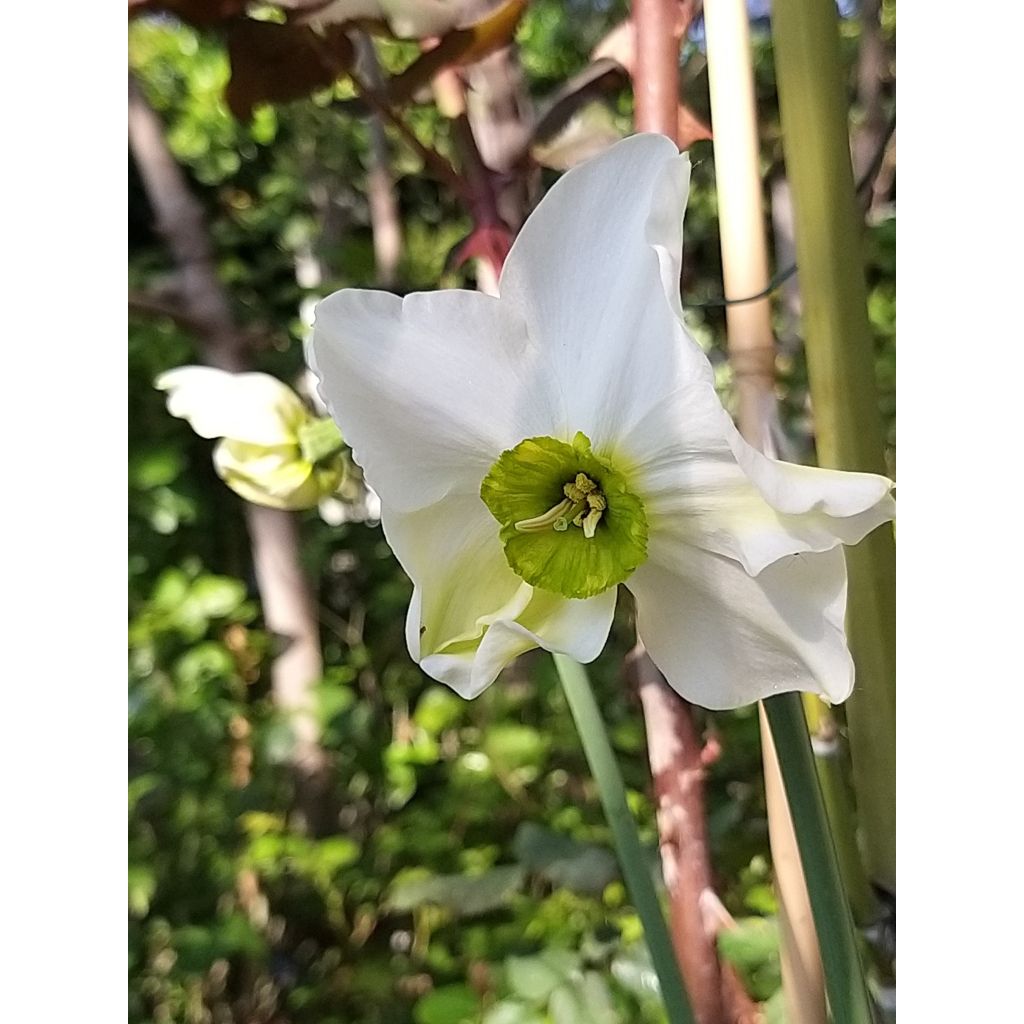

Narcissus Sinopel - Daffodil
View more pictures
Hide images
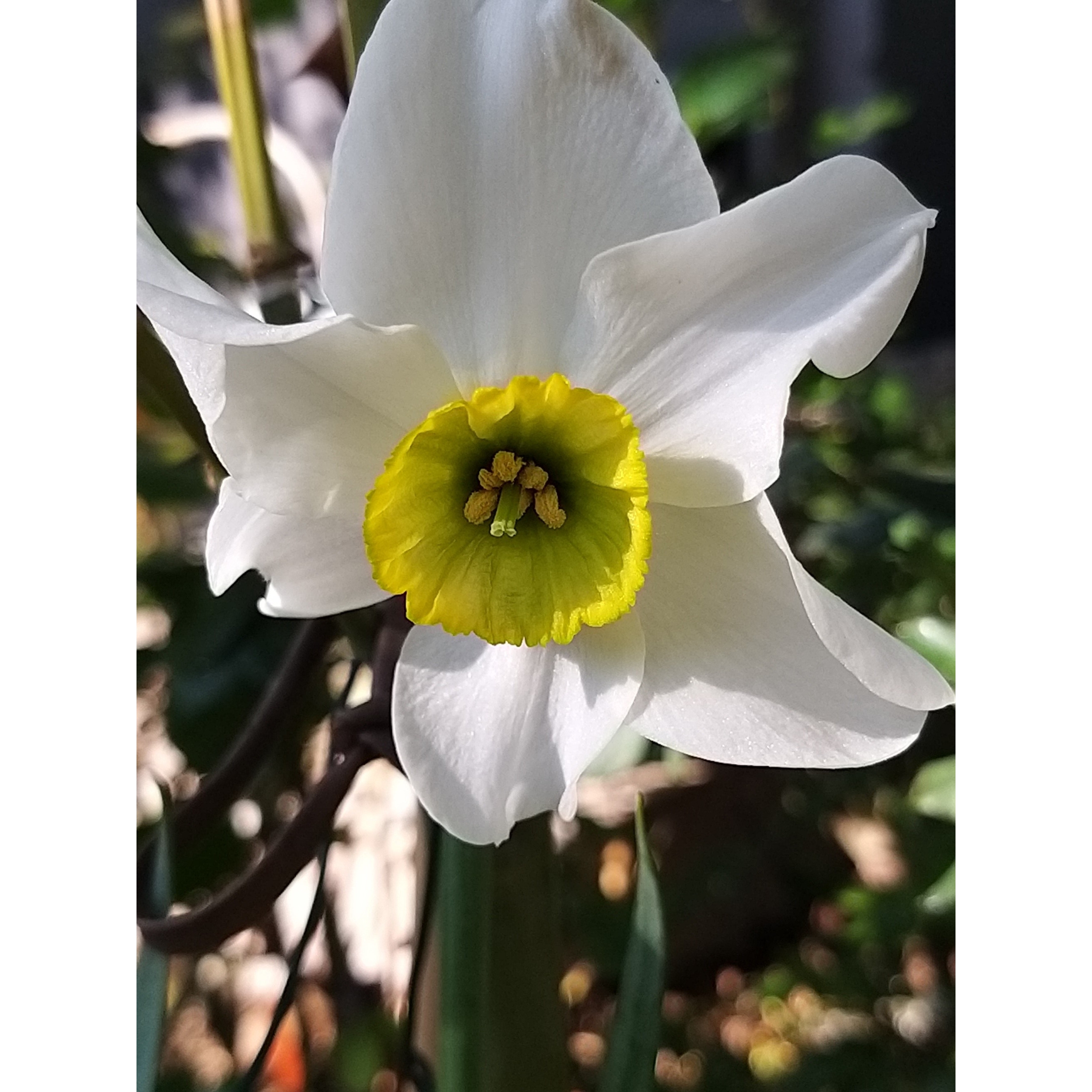
Thierry P.

April flowering - image 3
Thierry P. • 84 FR
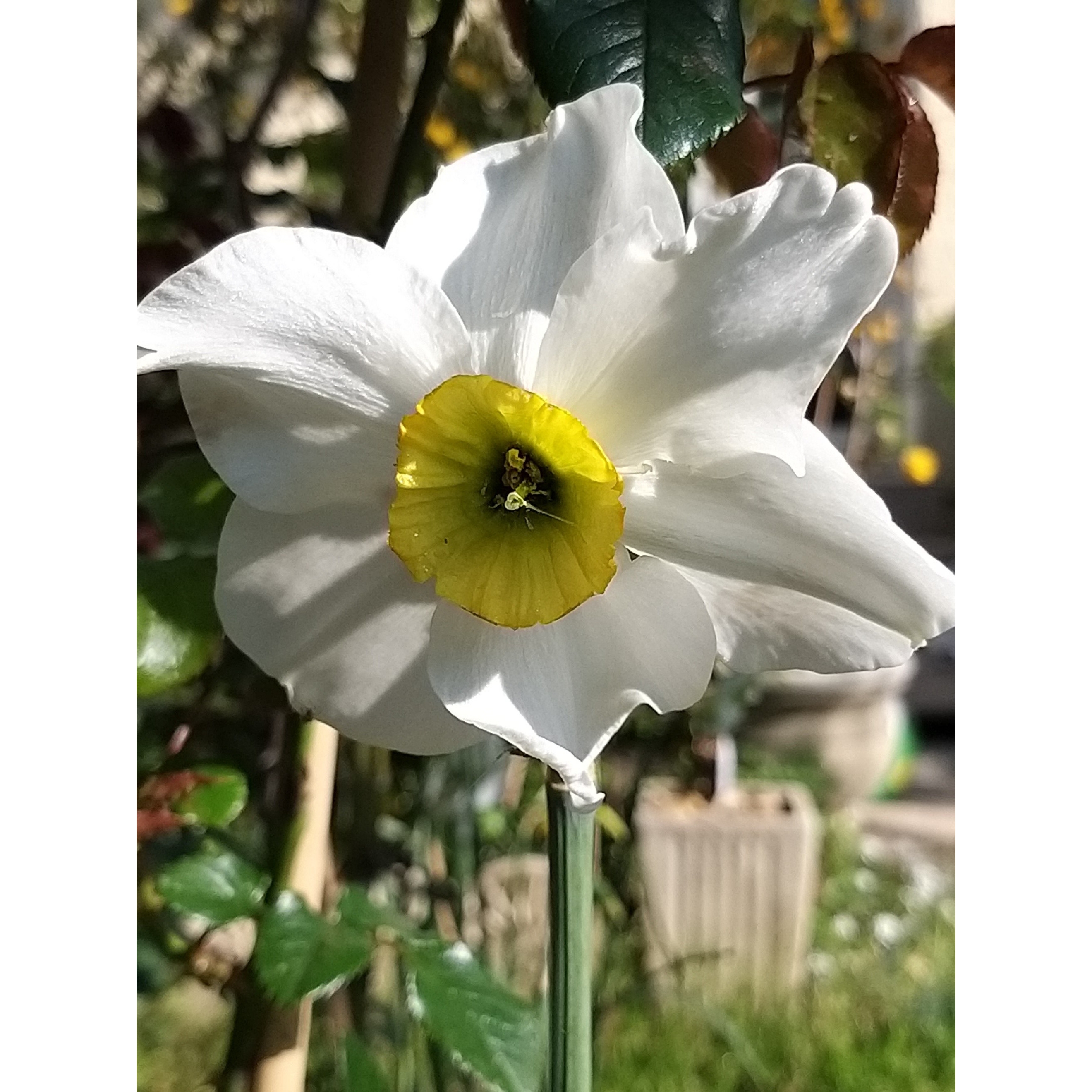
Thierry P.

April flowering - image 4
Thierry P. • 84 FR
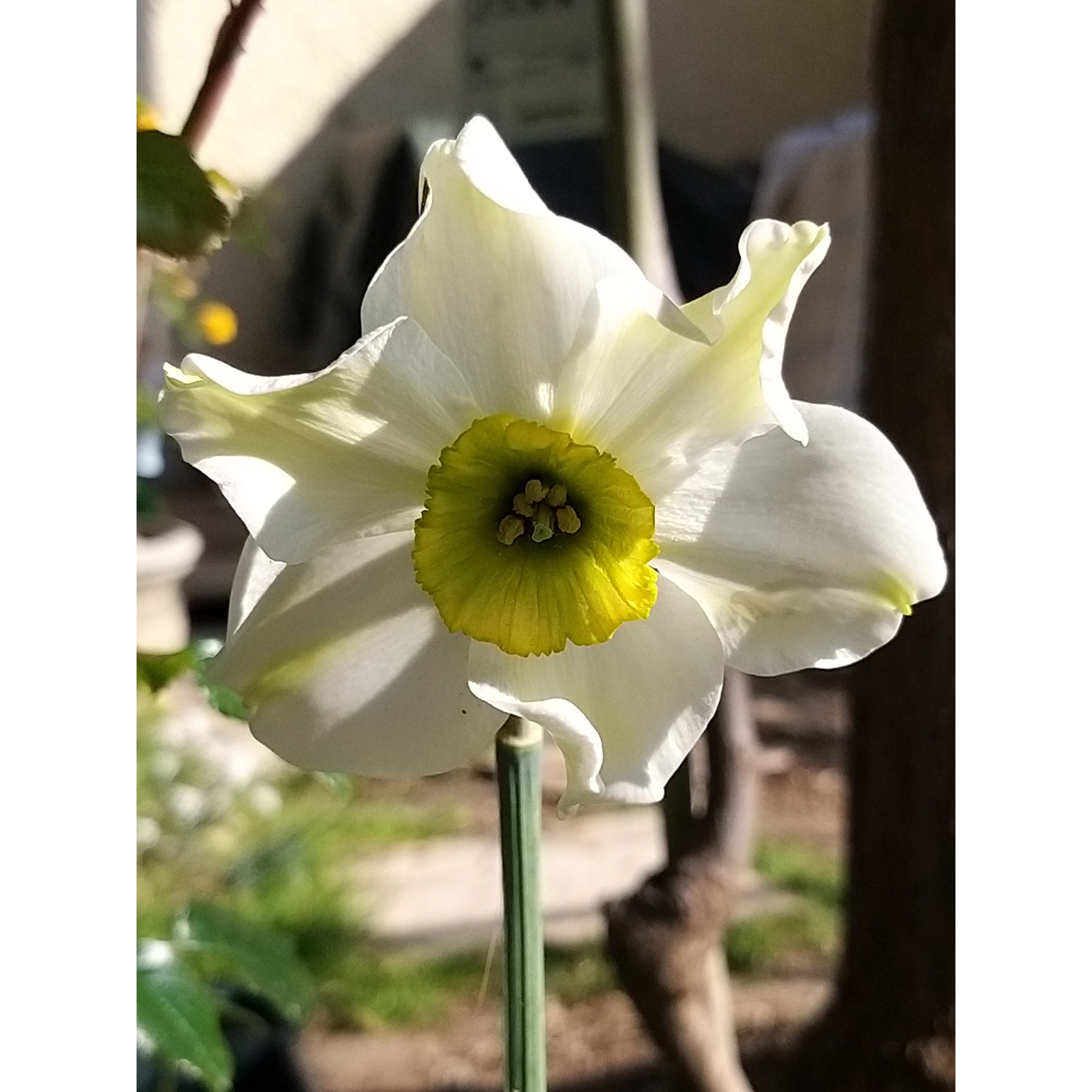
Thierry P.

No text to translate.
Thierry P. • 84 FR
Narcissus Sinopel - Daffodil
Narcissus Sinopel
Daffodil, Narcissus
Very pretty daffodil!
Elisabeth, 22/04/2020
Special offer!
Receive a €20 voucher for any order over €90 (excluding delivery costs, credit notes, and plastic-free options)!
1- Add your favorite plants to your cart.
2- Once you have reached €90, confirm your order (you can even choose the delivery date!).
3- As soon as your order is shipped, you will receive an email containing your voucher code, valid for 3 months (90 days).
Your voucher is unique and can only be used once, for any order with a minimum value of €20, excluding delivery costs.
Can be combined with other current offers, non-divisible and non-refundable.
This plant carries a 6 months recovery warranty
More information
We guarantee the quality of our plants for a full growing cycle, and will replace at our expense any plant that fails to recover under normal climatic and planting conditions.

Would this plant suit my garden?
Set up your Plantfit profile →
Description
The Narcissus poeticus 'Sinopel' is an almost botanic narcissus with late flowering and a delightful, simple but incomparably fresh fragrance. In May, its pure white flowers open, topped with a unique little green cup bordered with yellow, which turns yellow due to temperature and ripeness. The solitary flowers of this fragrant narcissus are carried by medium-sized stems, perfect for bouquets. It naturalises very well in gardens and can be used to create adorable potted flowers for the terrace or balcony.
Native to Western Europe, the narcissus belongs to the Amaryllidaceae family. The Narcissus genus includes many species and varieties, both botanical (like the poet's narcissus) and horticultural. The daffodil (Narcissus jonquilla), with yellow flowers and leaves similar to those of a rush, is one of the species in the Narcissus genus. In certain regions, the yellow narcissus or trumpet narcissus (Narcissus pseudonarcissus) is sometimes called a daffodil, which often leads to confusion between daffodils and narcissus.
The 'Sinopel' narcissus is a variety introduced in 1974. It comes from the poet's narcissus, which grows naturally in the wild, especially in alpine meadows. It is a bulbous plant with slightly pointed linear leaves, slightly bluish-green in colour. The hollow 40cm (16in) stems end in simple flowers, 8cm (3in) wide, with 6 wide petals of pure white colour. In the centre is a small, short and narrow crown, jade green at blooming. As the temperature rises and the flower ages, the little cup turns yellow. The Narcissus poeticus 'Sinopel' produces highly fragrant flowers. This variety will bloom in early May, depending on the climate.
Easy to grow and very hardy, the 'Sinopel' narcissus can be planted in various places in the garden: in the foreground of a shrub bed, along the edge, in the middle of a lawn, or it can be grown in a pot. It pairs wonderfully with grape hyacinths, early tulips, and hyacinths, and naturalises easily. However, be cautious with young children as the bulb, flower, and leaves are toxic. Narcissus are the most resilient bulbs planted in the autumn, preferring well-drained and light soil but are very adaptable.
For bouquets: We advise against mixing narcissus with other flowers, especially tulips. The stems of narcissus contain a substance that causes other flowers to wilt quickly. This detrimental effect on other types of flowers can be mitigated by dipping the ends of the narcissus stems in hot water for 1 to 2 minutes.
Report an error about the product description
Plant habit
Flowering
Foliage
Botanical data
Narcissus
Sinopel
Amaryllidaceae
Daffodil, Narcissus
Cultivar or hybrid
Other Botanical Daffodils
View all →Planting and care
Easy to grow in well-drained humus-bearing soil, Narcissus Sinopel thrives in sun and partial shade. Plant the bulbs in autumn in a light, fairly fertile and well-drained soil. Keep the soil moist during the growing period. Provide a depth at least one and a half times their height, slightly deeper in light soil or in a short grass meadow. After flowering, allow the leaves to dry out, as the bulbs will enter a dormant phase until the next winter. Remove faded flowers to prevent the formation of seeds that would unnecessarily deplete the bulb.
Planting period
Intended location
Care
-
, onOrder confirmed
Reply from on Promesse de fleurs
Haven't found what you were looking for?
Hardiness is the lowest winter temperature a plant can endure without suffering serious damage or even dying. However, hardiness is affected by location (a sheltered area, such as a patio), protection (winter cover) and soil type (hardiness is improved by well-drained soil).

Photo Sharing Terms & Conditions
In order to encourage gardeners to interact and share their experiences, Promesse de fleurs offers various media enabling content to be uploaded onto its Site - in particular via the ‘Photo sharing’ module.
The User agrees to refrain from:
- Posting any content that is illegal, prejudicial, insulting, racist, inciteful to hatred, revisionist, contrary to public decency, that infringes on privacy or on the privacy rights of third parties, in particular the publicity rights of persons and goods, intellectual property rights, or the right to privacy.
- Submitting content on behalf of a third party;
- Impersonate the identity of a third party and/or publish any personal information about a third party;
In general, the User undertakes to refrain from any unethical behaviour.
All Content (in particular text, comments, files, images, photos, videos, creative works, etc.), which may be subject to property or intellectual property rights, image or other private rights, shall remain the property of the User, subject to the limited rights granted by the terms of the licence granted by Promesse de fleurs as stated below. Users are at liberty to publish or not to publish such Content on the Site, notably via the ‘Photo Sharing’ facility, and accept that this Content shall be made public and freely accessible, notably on the Internet.
Users further acknowledge, undertake to have ,and guarantee that they hold all necessary rights and permissions to publish such material on the Site, in particular with regard to the legislation in force pertaining to any privacy, property, intellectual property, image, or contractual rights, or rights of any other nature. By publishing such Content on the Site, Users acknowledge accepting full liability as publishers of the Content within the meaning of the law, and grant Promesse de fleurs, free of charge, an inclusive, worldwide licence for the said Content for the entire duration of its publication, including all reproduction, representation, up/downloading, displaying, performing, transmission, and storage rights.
Users also grant permission for their name to be linked to the Content and accept that this link may not always be made available.
By engaging in posting material, Users consent to their Content becoming automatically accessible on the Internet, in particular on other sites and/or blogs and/or web pages of the Promesse de fleurs site, including in particular social pages and the Promesse de fleurs catalogue.
Users may secure the removal of entrusted content free of charge by issuing a simple request via our contact form.
The flowering period indicated on our website applies to countries and regions located in USDA zone 8 (France, the United Kingdom, Ireland, the Netherlands, etc.)
It will vary according to where you live:
- In zones 9 to 10 (Italy, Spain, Greece, etc.), flowering will occur about 2 to 4 weeks earlier.
- In zones 6 to 7 (Germany, Poland, Slovenia, and lower mountainous regions), flowering will be delayed by 2 to 3 weeks.
- In zone 5 (Central Europe, Scandinavia), blooming will be delayed by 3 to 5 weeks.
In temperate climates, pruning of spring-flowering shrubs (forsythia, spireas, etc.) should be done just after flowering.
Pruning of summer-flowering shrubs (Indian Lilac, Perovskia, etc.) can be done in winter or spring.
In cold regions as well as with frost-sensitive plants, avoid pruning too early when severe frosts may still occur.
The planting period indicated on our website applies to countries and regions located in USDA zone 8 (France, United Kingdom, Ireland, Netherlands).
It will vary according to where you live:
- In Mediterranean zones (Marseille, Madrid, Milan, etc.), autumn and winter are the best planting periods.
- In continental zones (Strasbourg, Munich, Vienna, etc.), delay planting by 2 to 3 weeks in spring and bring it forward by 2 to 4 weeks in autumn.
- In mountainous regions (the Alps, Pyrenees, Carpathians, etc.), it is best to plant in late spring (May-June) or late summer (August-September).
The harvesting period indicated on our website applies to countries and regions in USDA zone 8 (France, England, Ireland, the Netherlands).
In colder areas (Scandinavia, Poland, Austria...) fruit and vegetable harvests are likely to be delayed by 3-4 weeks.
In warmer areas (Italy, Spain, Greece, etc.), harvesting will probably take place earlier, depending on weather conditions.
The sowing periods indicated on our website apply to countries and regions within USDA Zone 8 (France, UK, Ireland, Netherlands).
In colder areas (Scandinavia, Poland, Austria...), delay any outdoor sowing by 3-4 weeks, or sow under glass.
In warmer climes (Italy, Spain, Greece, etc.), bring outdoor sowing forward by a few weeks.






























